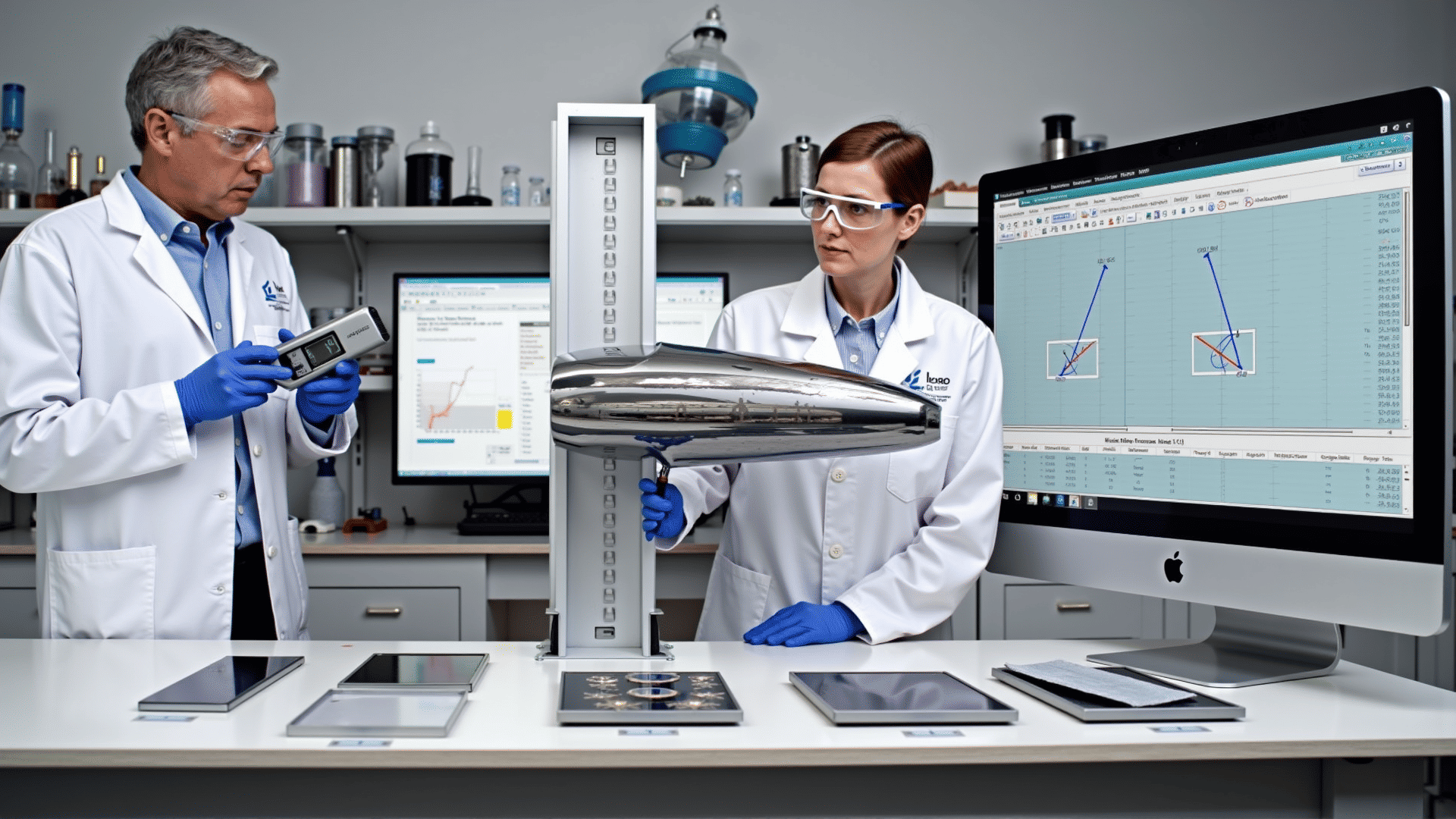In the ever-evolving field of aerospace engineering, the quest for advanced materials that can withstand extreme conditions while enhancing aircraft performance and efficiency is a continual journey. Modern aircraft face a plethora of operational challenges, ranging from varying climates and high-pressure environments to the mechanical stress of high-speed flight. Consequently, developing pioneering materials that can endure these conditions is paramount to the industry's success.
Recent advancements in material science have introduced a range of innovative solutions designed to meet and exceed these demanding requirements. One area of significant progress is in the development of composite materials. Composites created from carbon fibers and resin matrices offer exceptional strength-to-weight ratios, making them ideal for reducing overall aircraft weight while maintaining structural integrity. These properties not only enhance fuel efficiency but also contribute to decreased emissions, addressing environmental concerns in aviation.
Another breakthrough in aerospace materials is the utilization of high-temperature alloys and ceramics. These materials are capable of withstanding the intense heat generated by jet engines, thus offering improved durability and reliability. Innovations in ceramic matrix composites, for example, provide superior thermal resistance compared to traditional metal alloys, making them indispensable in the hottest sections of engines and leading edges of aircraft.
Advancements in metallic materials also offer promising avenues for enhancing aircraft performance. The development of lightweight aluminum-lithium alloys, known for their excellent strength and fatigue resistance, has revolutionized aircraft manufacturing. These materials contribute to the reduction of aircraft weight without compromising structural strength, facilitating improved maneuverability and efficiency.
Additionally, the field of nanotechnology has opened up new possibilities in material science. The integration of nanomaterials, such as graphene and carbon nanotubes, into aerospace components has led to significant improvements in conductivity, heat resistance, and mechanical properties. For instance, graphene-infused coatings improve surface durability and reduce wear, while carbon nanotubes enhance the strength and elasticity of structural components.
These innovative materials are not just theoretical; they are actively being integrated into modern aircraft designs. Manufacturers are increasingly adopting these advanced materials in both commercial and military applications to produce aircraft that exhibit superior performance characteristics, such as increased range, reduced fuel consumption, and greater resistance to environmental stressors.
In conclusion, the development of next-generation aerospace materials is crucial for producing more durable and efficient aircraft capable of meeting the industry's growing demands. By utilizing advancements in composite materials, high-temperature alloys, and nanotechnology, engineers are paving the way for an era of aviation that promises enhanced performance and sustainability. As these pioneering materials continue to advance, the future of aerospace technology looks remarkably promising, holding the potential to transform how aircraft are designed, manufactured, and operated.
